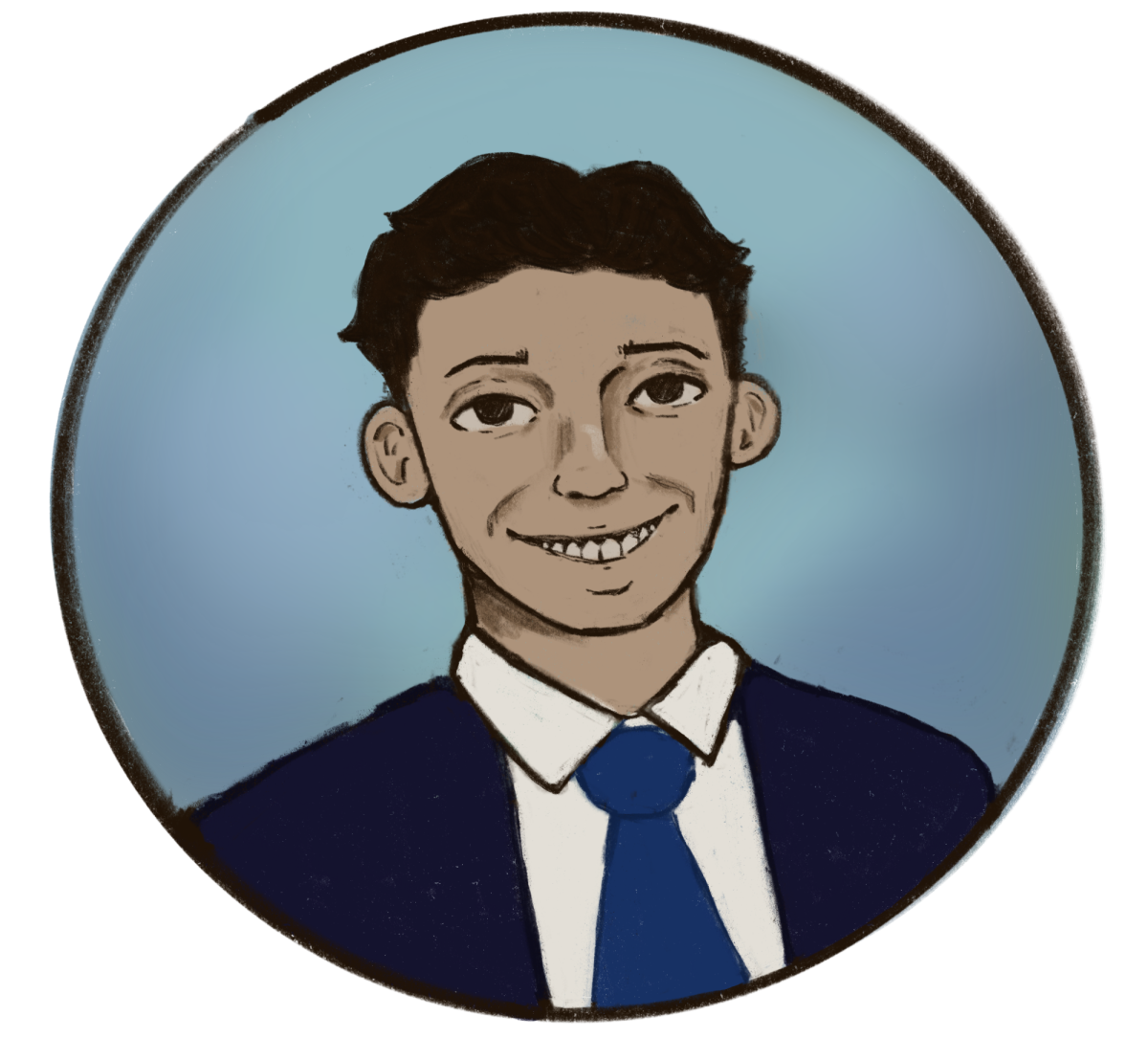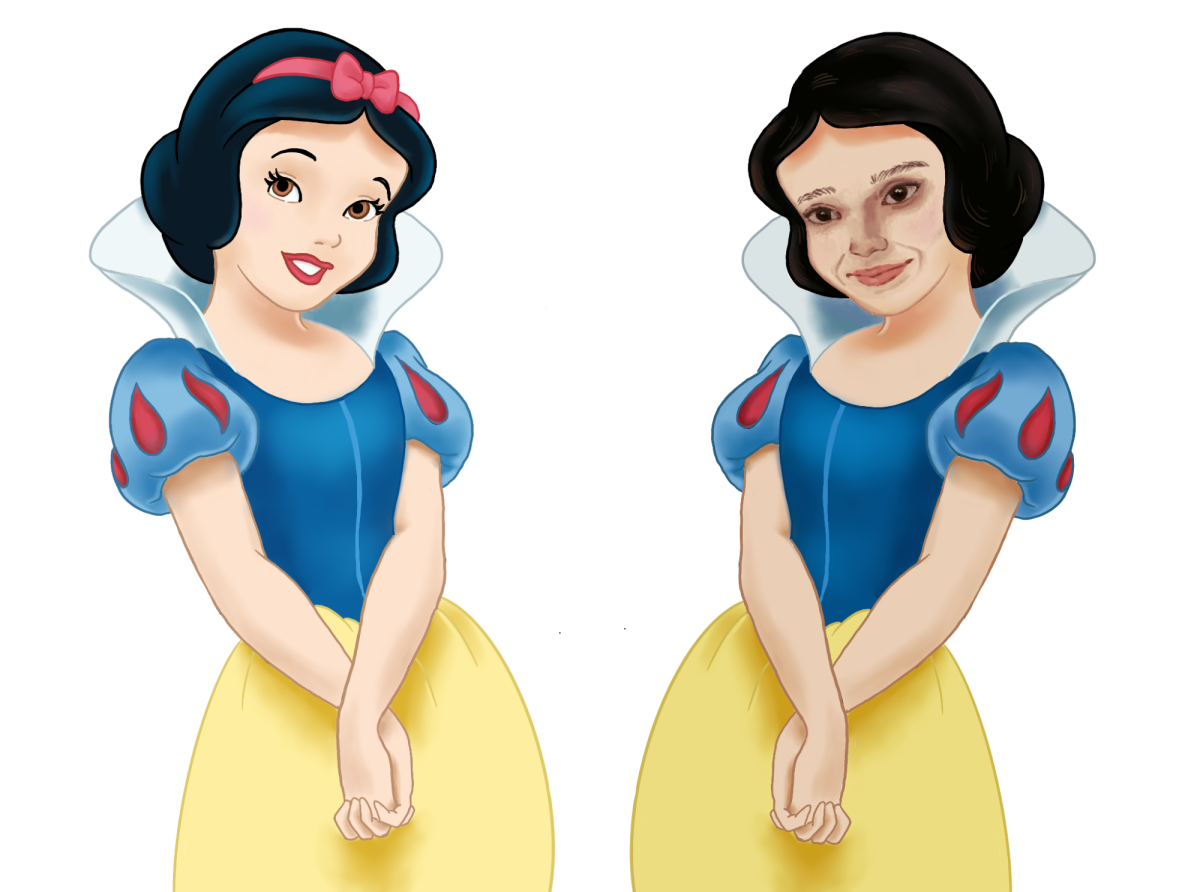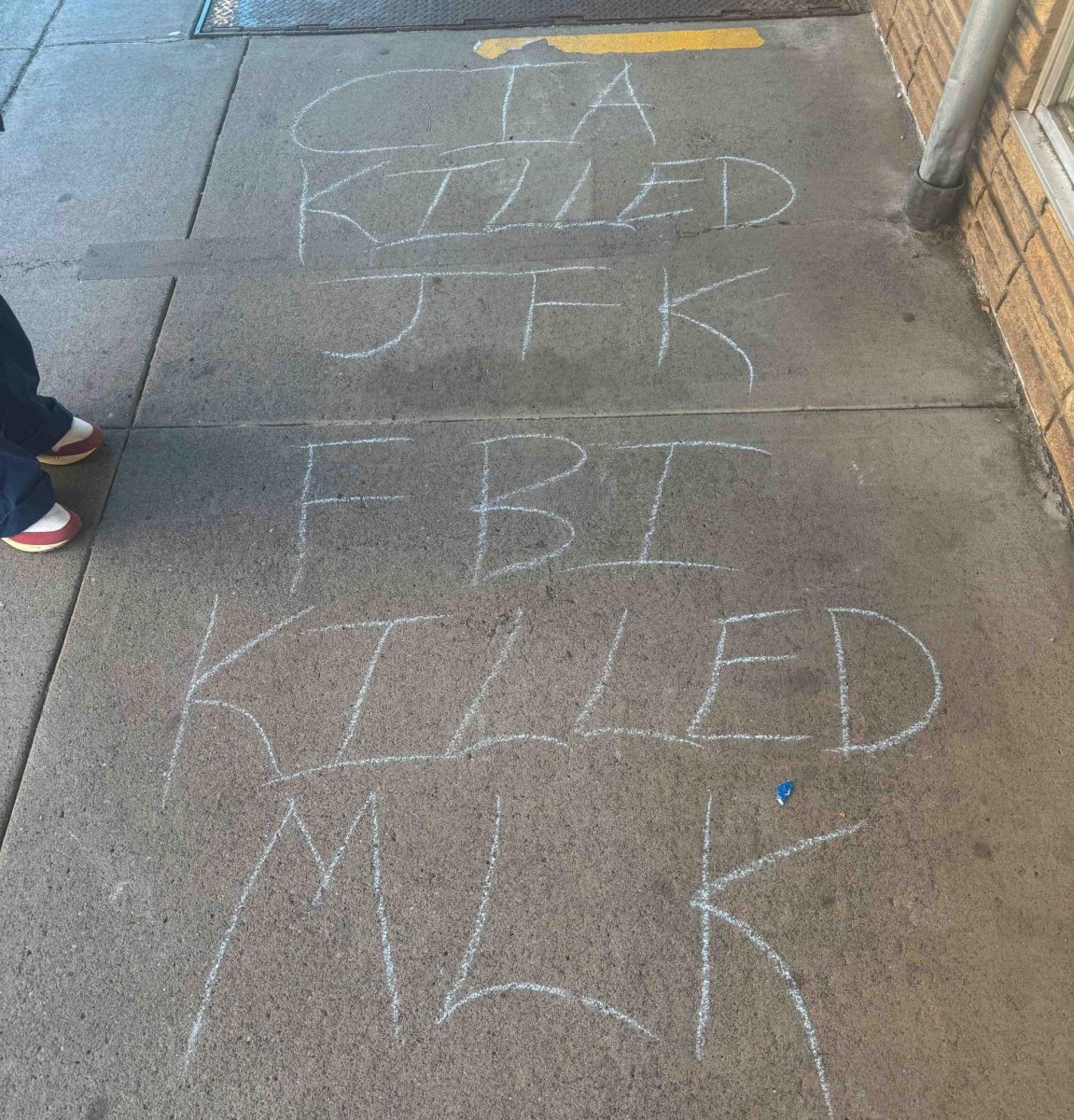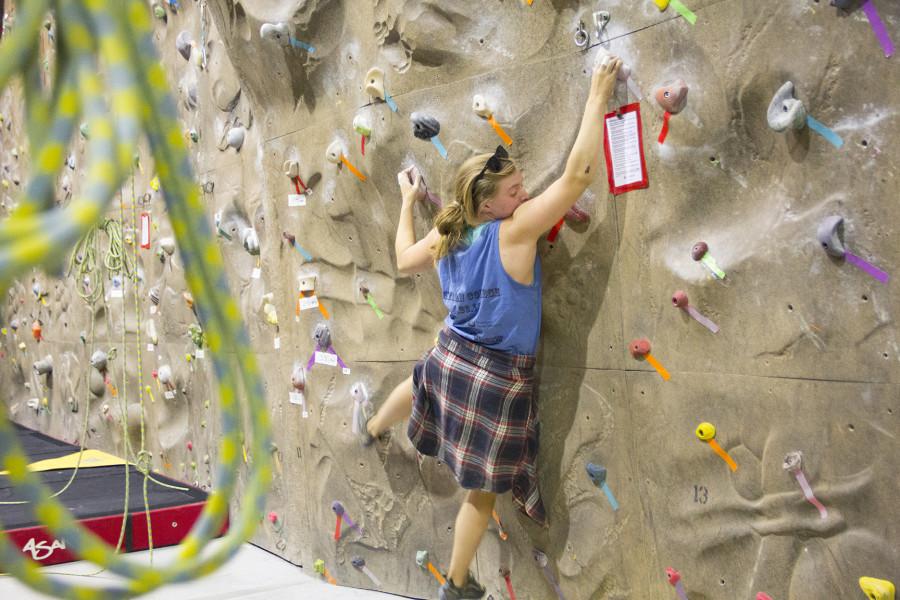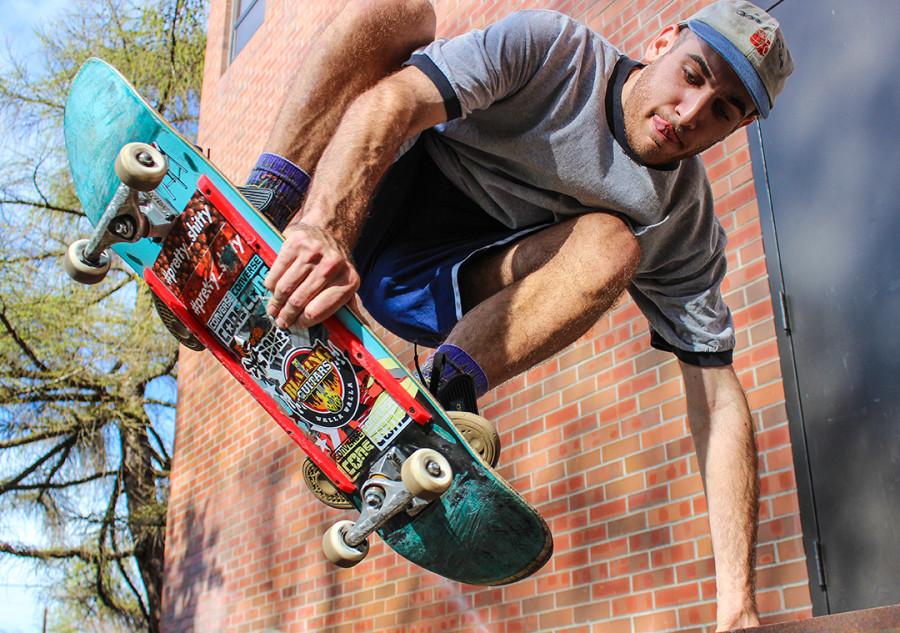
This article was c0-authored by Frannie Nunn and Kinsey White.
Though many students complain about the lack of diversity at Whitman on a regular basis, this year they may have more cause for concern.
The class of 2015 boasts 400 first-year students from various backgrounds, only eight of which are international students. These students, who represent four countries (Canada, China, Lesotho and South Africa), make up only two percent of the entering class this fall, a decrease from last year’s 15 international students who made up four percent of a larger class of 440. Additionally, there has been a decline in the number of first-generation students matriculated, 12% in 2010 and only 8% this fall. Instead of boasting the “number of countries which students are from” on the Whitman website, searches now direct to a page detailing the countries first-years have traveled to.
Financial aid presents obstacles for international students
According to the Admission Office, one reason for the drop in international student enrollment from last year stems from fewer need-based scholarships offered to international students yearly.
“Most of this is attributed to constraints on the financial aid budget this year,” said Kevin Dyerly, Whitman Director of Admission. “The economy, coupled with more demonstrated need for many of our students’ families, had led to increased amount of scholarship money being awarded the past couple years: both to international and U.S. students.”
Admissions also attributes the disparity in international student trends over the past few years to yield, which is the percent of admitted students who decide to enroll as first-year students at Whitman. Since yield fluctuates every year, even one to two students “can make a difference,” said Dyerly.
“Whitman is in the humble Pacific Northwest. It’s a small school. It’s not around big cities and bright lights. It’s understandable that it doesn’t draw international students as it doesn’t draw many Americans from other parts of the country,” said Mcebo Maziya ’15, an international student from South Africa.
Junior international student Marcial DÃaz MejÃa, originally from Guatemala, applied to Whitman while researching Reed College during his schooling in Vancouver, B.C. He committed on a hunch, sincerely wanting a dynamic community. MejÃa says that although the “international community at Whitman is really small,” it is very tight-knit, and a lot of his closest friends are fellow international students.
“At the moment, I don’t think Whitman is doing a great job at attracting international students,” said MejÃa. “It has to do with money . . . International students are competing for a only a few scholarships, and even though they are very good, they still require some sort of family contribution.”
These scholarships don’t include airfare or visa cost, which can be quite expensive.
“It prevents a lot of international admitted students from actually accepting a scholarship since they cannot afford it. In return, the low percentage of international students prevents other international prospective students from being interested in Whitman, because they see that Whitman doesn’t have a big international population,” said MejÃa.
Defining Diversity
Tony Cabasco, Dean of Admission and Financial Aid at Whitman, acknowledges that, statistically, there are fewer students in the entering class who are students of color or first-generation. He goes on to explain that as a student body, the percentage of students of color has not significantly decreased from last year, citing that in Fall 2010, Whitman had 20.1% students of color and in Fall 2011, the number changed to 19.7%. Cabasco explains that there are a variety of characteristics that can contribute to campus diversity.
“It is important to look at diversity broadly defined,” said Cabasco, explaining the approach the admissions office takes upon selecting applicants.
Race and first-generation status are the two easiest ways to measure diversity because of the setup of the Common Application.
“There are many forms of diversity that the college values and members of the [admission] staff and I value; however, some of those are measurable, some of them are not,” said Cabasco.
In addition to these demographics, Cabasco notes that the Admission Office takes into account factors such as geographic diversity, sexual orientation, disability, religious affiliation, political view, and academic interest in assessing a student’s diversity.
“Whitman students are so different and dynamic: it feels diverse even if it’s not internationally and nationally diverse. I am loving it! There’s no place I’d rather be,” Maziya said.
There are still more than ten different clubs at Whitman addressing and celebrating racial diversity, not counting those that focus on other aspects of diversity.
Esther Weathers ’11, an Admissions Officer, recalls her experience as a “domestic abroad” student at Whitman. She, like many others, found her place in the countless diversity opportunities at Whitman.
“Everybody has access to these diversity clubs. That’s not limited at all,” said Weathers. “For some it is a little harder to break into clubs. I had a strong commitment to diversity; I’m a first-generation student myself. I consider that diversity.”
“Diversity is right beside you. The next person you bump into is another world,” said Nilce Alvarez ’14, who was raised in Quito, Ecuador. Alvarez founded the school’s Club for the Recognition of the Cultures of Minorities, and also teaches Zumba classes on campus.
Alvarez noted that she oftentimes sees students that are not part of demographic minorities feeling as though their unique personal characteristics are insufficient at making them a diverse part of campus. In her experience with students and faculty, Alvarez explains that she “feels that [Americans] are diverse but do not want to embrace it.”
“Diversity is always attractive, in any of its forms, and Whitman welcomes those forms unconditionally. If there is anything you want to see, you already have the support,” she said.
Alvarez and Cabasco agreed that curiosity is the most essential skill needed to explore the diversity already present at Whitman. Cabsco noted that most types of diversity are not visible by simply looking at an individual, but are revealed only through talking with them about their unique experiences. Cabsco points to the Voices of Whitman program as an example of a positive way for students to share diversity.
“Just talk to people. You don’t need to look for diversity, it’s already there,” Alvarez said.


